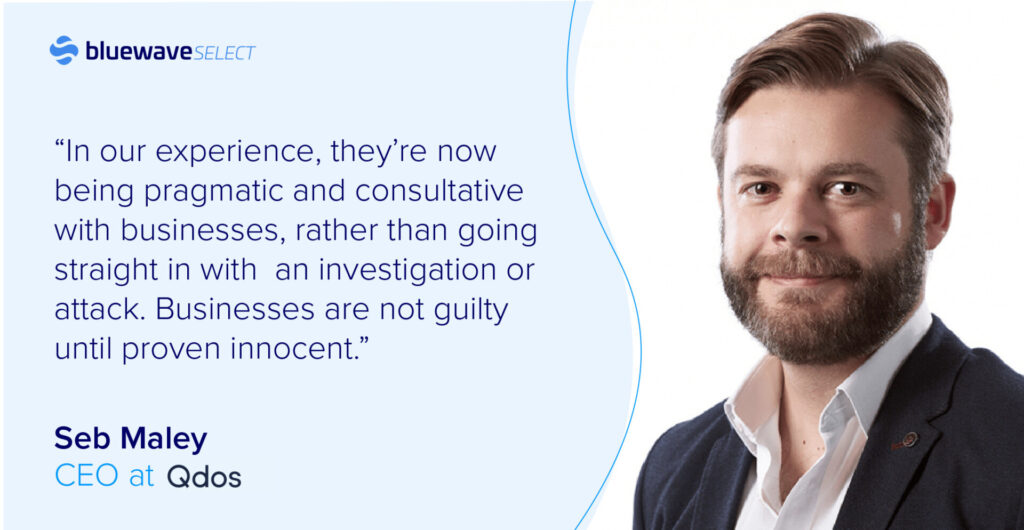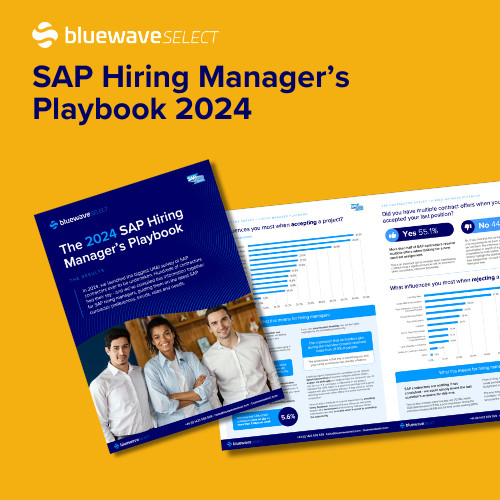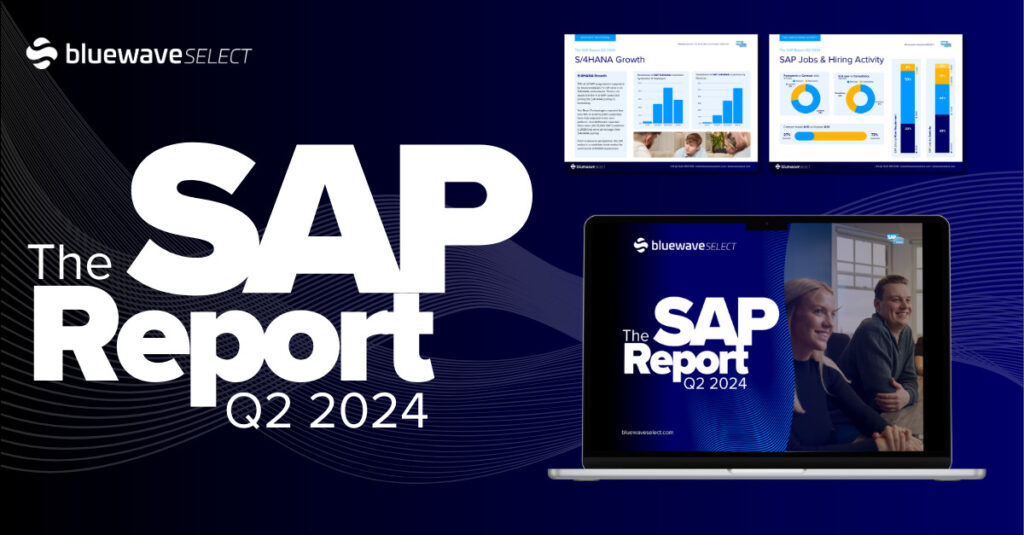Overcome the biggest challenges of an S/4HANA implementation with a little help from Paul Kelly, Chief SAP Architect.
You’ll learn:
> How to know if S/4HANA is the right option for your business
> The steps needed to prepare for an implementation (and how long this should take)
> What a good S/4HANA scope looks like
> The hidden costs of an S/4HANA upgrade
> How to navigate heavy legacy ECC estate and highly customised on-premise systems.
—
Webinar Summary
This webinar discusses the challenges of an SAP S/4HANA implementation. The guest speaker, Paul Kelly, highlights the importance of understanding the existing ERP ecosystem, including legacy debt and heavy customisations in the current ECC systems, before embarking on the S/4HANA journey.
You can download the full transcript here.
Key Points
Paul Kelly’s Background and Experience
- Paul Kelly has over 26 years of experience in IT, with the last two decades focused on SAP.
- He has extensive experience as an SAP chief and technical architect, working on large SAP implementation projects.
Legacy Debt and Heavy Customisation in ECC Systems
- ECC systems are often 10-15 years old, resulting in significant legacy debt.
- Customers have typically customised their ECC systems heavily to fit their business processes and data models, making the journey to S/4HANA more complicated.
- The level of customisation and the “bending” of the ERP solution to fit the business purpose is a key challenge in the S/4HANA transition.
Understanding the AS-IS Ecosystem
- Before embarking on the S/4HANA implementation, it is crucial to understand the existing ERP ecosystem, including the current processes, data footprint, and customisations.
- Spending 12-18 months on this “AS-IS” assessment is recommended to ensure a successful transition.
Brownfield vs. Greenfield Approach
- Customers have the option to choose between a Brownfield approach (upgrading the existing ECC system), a Greenfield approach (starting from scratch), or a selective “mix and match” approach.
- The choice depends on the level of customisation, the business processes that need to be retained, and the desired end-state.
Importance of Cloud Migration
- Many customers are moving their ERP systems to the cloud, which brings additional considerations around data footprint, license models, and operating model changes.
- The decision between public or private cloud should be based on the organization’s specific needs and data requirements.
Collaboration between Business and IT
- Successful S/4HANA implementation requires close collaboration between the business and IT teams, as it is a business transformation, not just a technical one.
- Investing considerable time and effort to understand the business needs and processes is crucial before starting the implementation.



